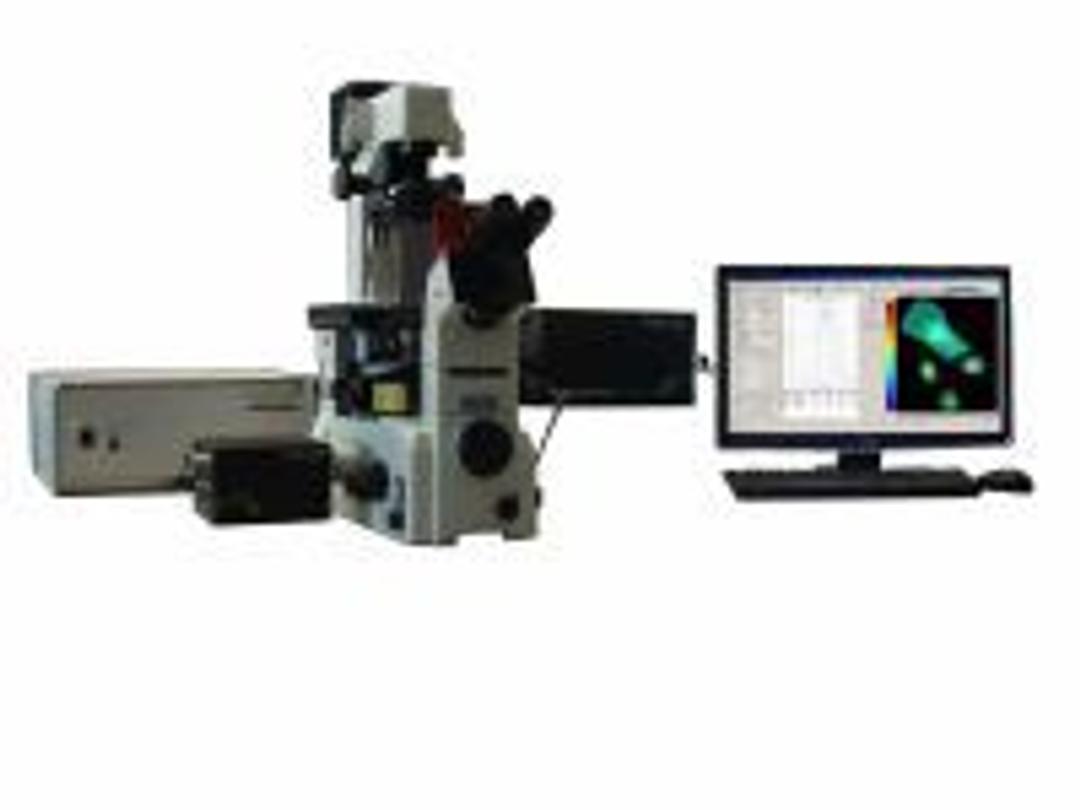Frequency Domain Fluorescence Lifetime Imaging Microscopy Attachment (LIFA)
Lambert Instruments' Frequency Domain Fluourescence Lifetime Imaging Microscopy Attachment (LIFA) can be attached to any widefield fluorescence microscope and works in the homodyne frequency domain. It consists of a modulated light source and a modulated image intensifier as detector (i.e. ICCD camera). The system is easy to install (within 1 hour) and to operate and does not require an optical bench with laser. The LIFA syste…

The supplier does not provide quotations for this product through SelectScience. You can search for similar products in our Product Directory.
Lambert Instruments' Frequency Domain Fluourescence Lifetime Imaging Microscopy Attachment (LIFA) can be attached to any widefield fluorescence microscope and works in the homodyne frequency domain. It consists of a modulated light source and a modulated image intensifier as detector (i.e. ICCD camera). The system is easy to install (within 1 hour) and to operate and does not require an optical bench with laser. The LIFA system has been judged ""easy and highly quantitative"" for FLIM FRET studies.
The standard system includes a multiple LED system specifically designed for use in Fluorescence Lifetime Imaging Microscopy (FLIM). With up to four high-power LEDs for modulated fluorescence excitation, the Multi-LED can be connected to the epi-fluorescence port of the wide field fluorescence microscope. The use of a LED has several advantages over a laser as light source: LEDs are inexpensive, robust, can be modulated over a broad frequency range (1 - 80 MHz), have no interference effects or speckle, and are available in many wavelengths in the UV and VIS spectrum. For situations when higher intensities are required, or high modulation frequencies (up to 120MHz), a range of laser sources are available .
A high-resolution modulated image intensifier is a key component of the LIFA system. The gain of the image intensifier can be controlled by the voltage across the MCP and is typically in the range of 100 to 10,000 times. Also the voltage between cathode and MCP can be changed in order to control the gain. During modulation, the gain is modulated via the cathode voltage.



